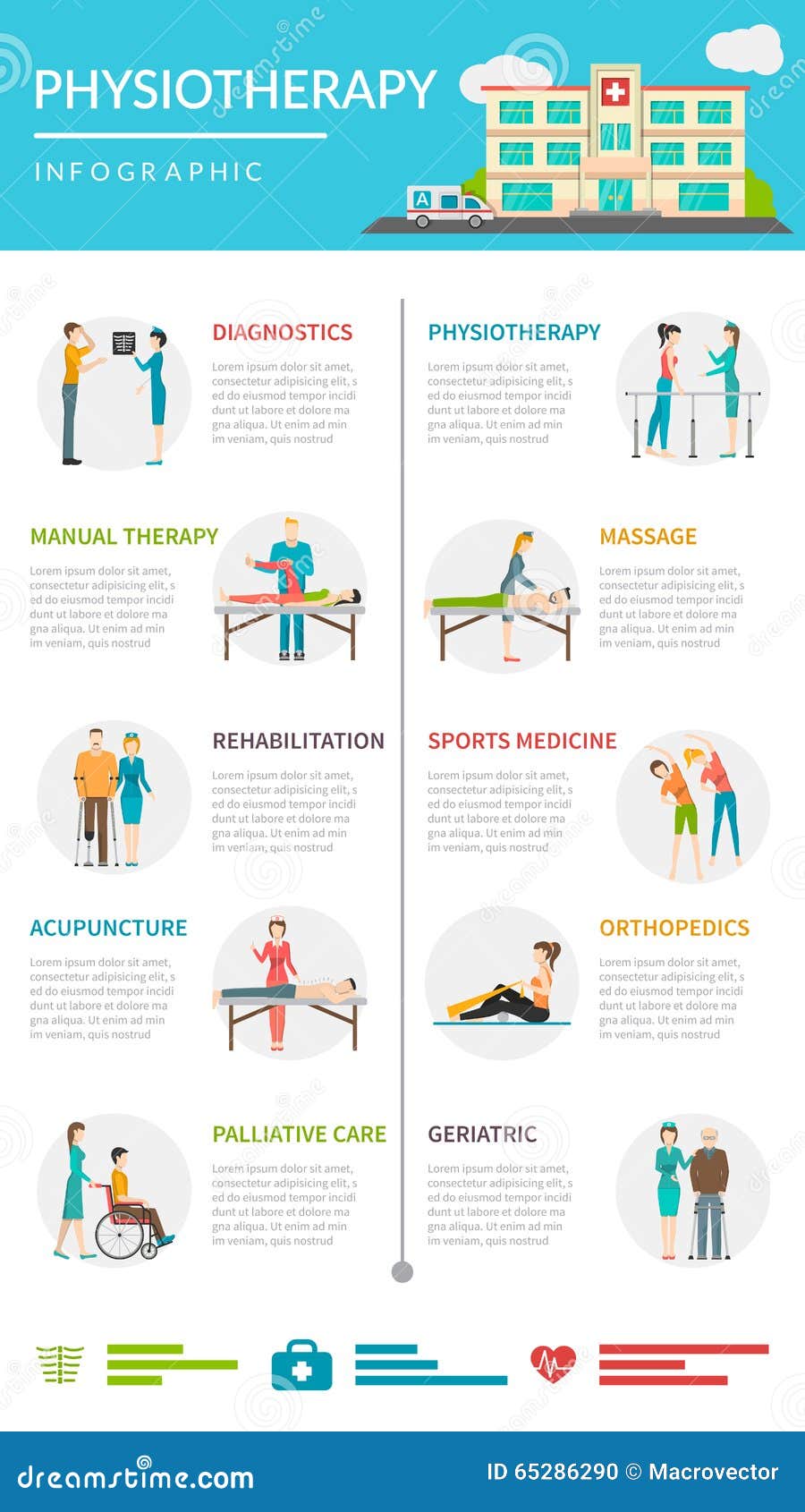The Relationship Between Stance And Neck And Back Pain: Methods For Preserving Proper Positioning During The Day
The Relationship Between Stance And Neck And Back Pain: Methods For Preserving Proper Positioning During The Day
Blog Article
Author-Conway Fox
Preserving appropriate posture isn't almost staying up straight; it has to do with straightening your body in a manner that supports your spinal column and minimizes the danger of neck and back pain. The way you rest, stand, and move throughout the day can substantially affect your spinal health. But exactly how exactly can you make sure good placement regularly, even throughout hectic days filled with various activities? Allow's dig deeper right into the refined yet impactful changes you can make to your day-to-day routine to keep your back happy and healthy and balanced.
Relevance of Proper Posture
Appropriate stance is vital in preserving a healthy and balanced back and avoiding discomfort. When you sit or stand with good position, your spinal column is in alignment, minimizing pressure on your muscle mass, tendons, and joints. This positioning enables the body to disperse weight equally, protecting against excessive tension on specific locations that can result in pain and discomfort. By keeping your spinal column correctly straightened, you can likewise improve your breathing and food digestion, as slouching can compress body organs and limit their functionality.
In addition, preserving great position can enhance your total look and self-esteem. When you stand tall with your shoulders back and head held high, you exhibit confidence and show up more approachable. Good pose can likewise make you really feel more invigorated and sharp, as it promotes proper blood flow and enables your muscle mass to work efficiently.
Integrating correct pose into your daily regimen, whether sitting at a workdesk, walking, or working out, is essential for preventing pain in the back and promoting overall well-being. Keep in mind, a small modification in how you hold on your own can make a considerable difference in how you feel and function throughout the day.
Common Postural Mistakes
When it comes to preserving excellent stance, several people unconsciously make typical mistakes that can add to back pain and pain. Among one of the most common mistakes is slouching or hunching over while resting or standing. This setting puts extreme stress on the spinal column and can bring about muscle mass discrepancies and pain in the long run.
An additional typical blunder is overarching the lower back, which can flatten the all-natural contour of the back and cause discomfort. Additionally, crossing legs while sitting may feel comfy, yet it can produce an inequality in the hips and pelvis, resulting in postural problems.
Making use of a cushion that's too soft or as well firm while resting can likewise affect your alignment and contribute to pain in the back. Lastly, continuously craning your neck to take a look at screens or adjusting your placement regularly can strain the neck and shoulders. Being mouse click the next article of these typical postural blunders can assist you keep far better positioning and decrease the danger of back pain.
Tips for Correcting Alignment
To enhance your alignment and reduce pain in the back, it's important to concentrate on making small changes throughout your day-to-day regimen. Start by bearing in mind your pose. When resting, guarantee chiropractor midtown are level on the flooring, your back is straight, and your shoulders are kicked back. Prevent slouching or leaning to one side. Usage ergonomic chairs or paddings to support your reduced back.
When standing, distribute your weight evenly on both feet, maintain your knees somewhat curved, and tuck in your hips. Involve your core muscles to support your back. Take visit the following webpage to stretch and walk around if you have a sedentary work. Integrate exercises that enhance your core and back muscular tissues, such as slabs or bridges.
While sleeping, use a pillow that supports the all-natural contour of your neck to preserve proper back placement. Avoid sleeping on your stomach, as it can stress your neck and back. By bearing in mind these ideas and making small changes, you can progressively fix your placement and minimize back pain.
Verdict
Bear in mind, maintaining good stance is essential to preventing pain in the back and promoting spinal wellness. By bearing in mind your positioning, dispersing weight uniformly, and involving your core muscle mass, you can decrease pressure on your back and reduce the risk of discomfort and injury. Include ergonomic assistance, take routine breaks to extend, and enhance your core and back muscular tissues to keep appropriate positioning throughout the day. Your back will certainly thanks for it!
